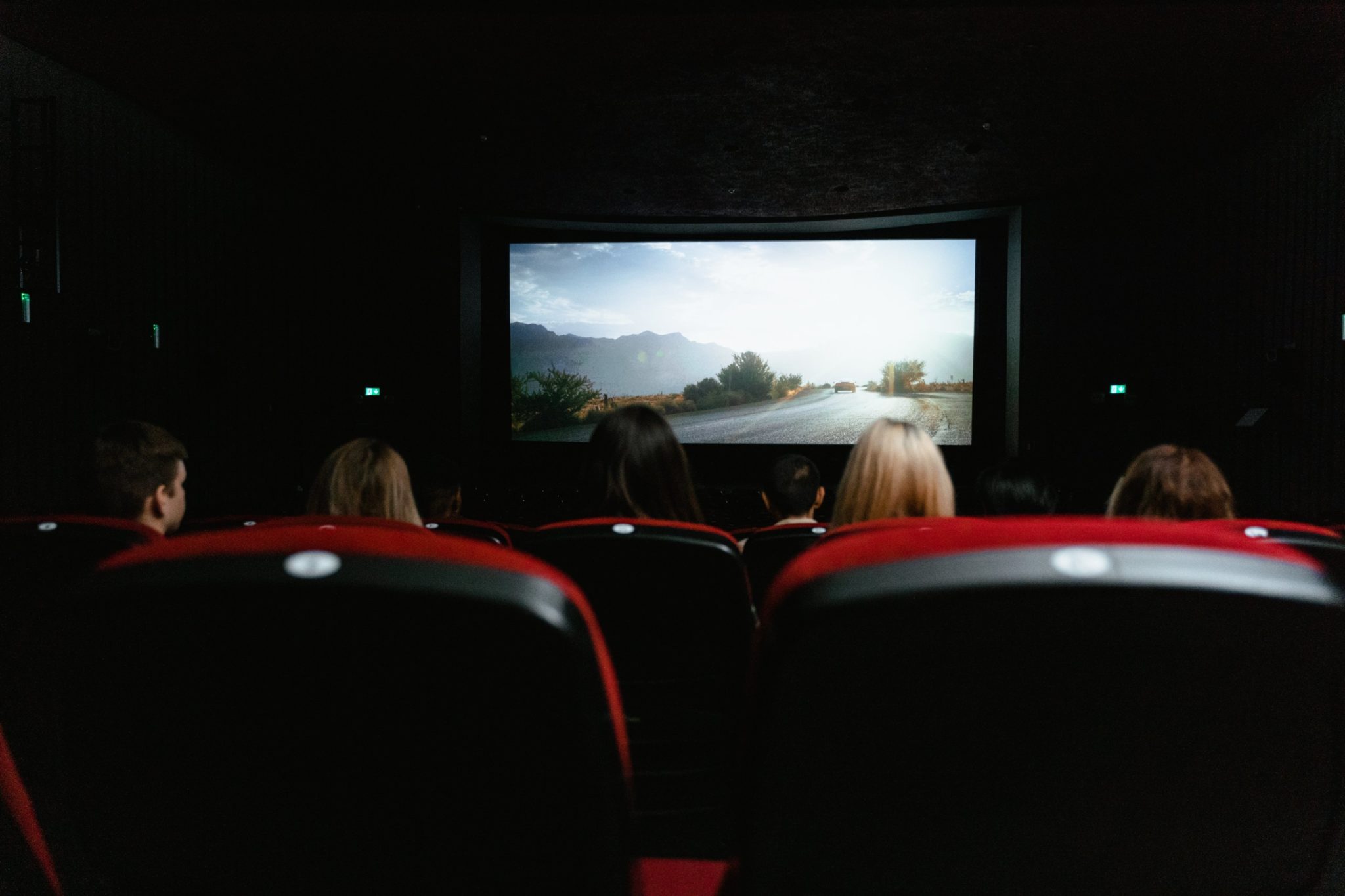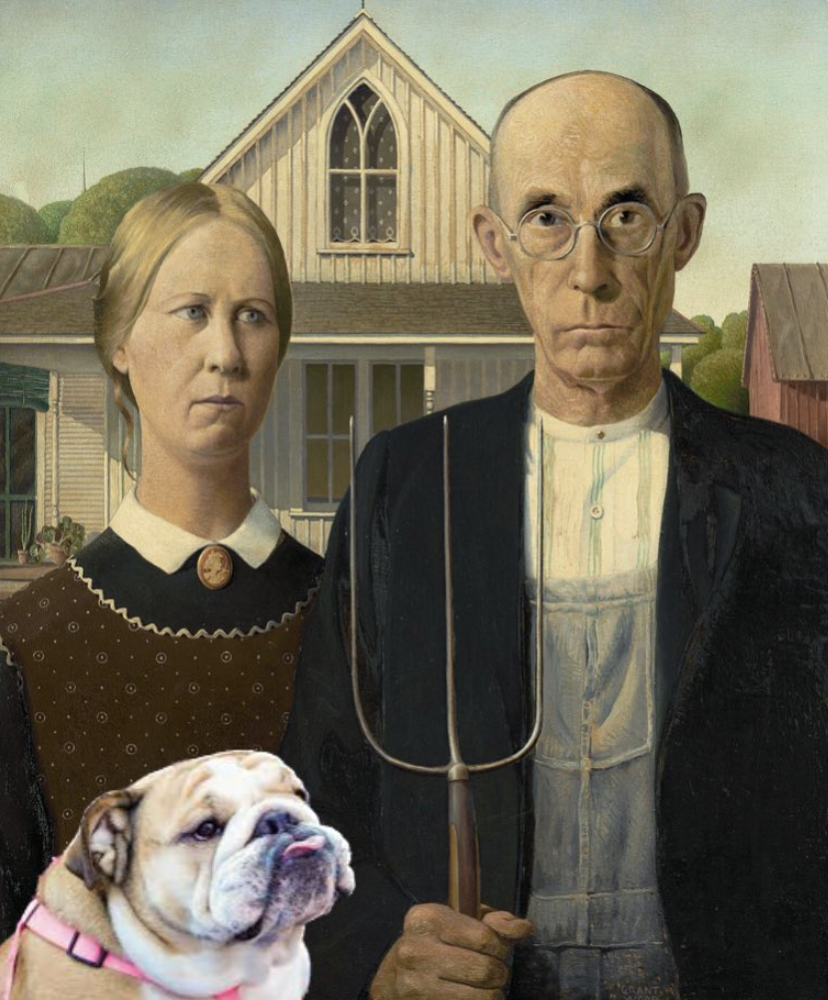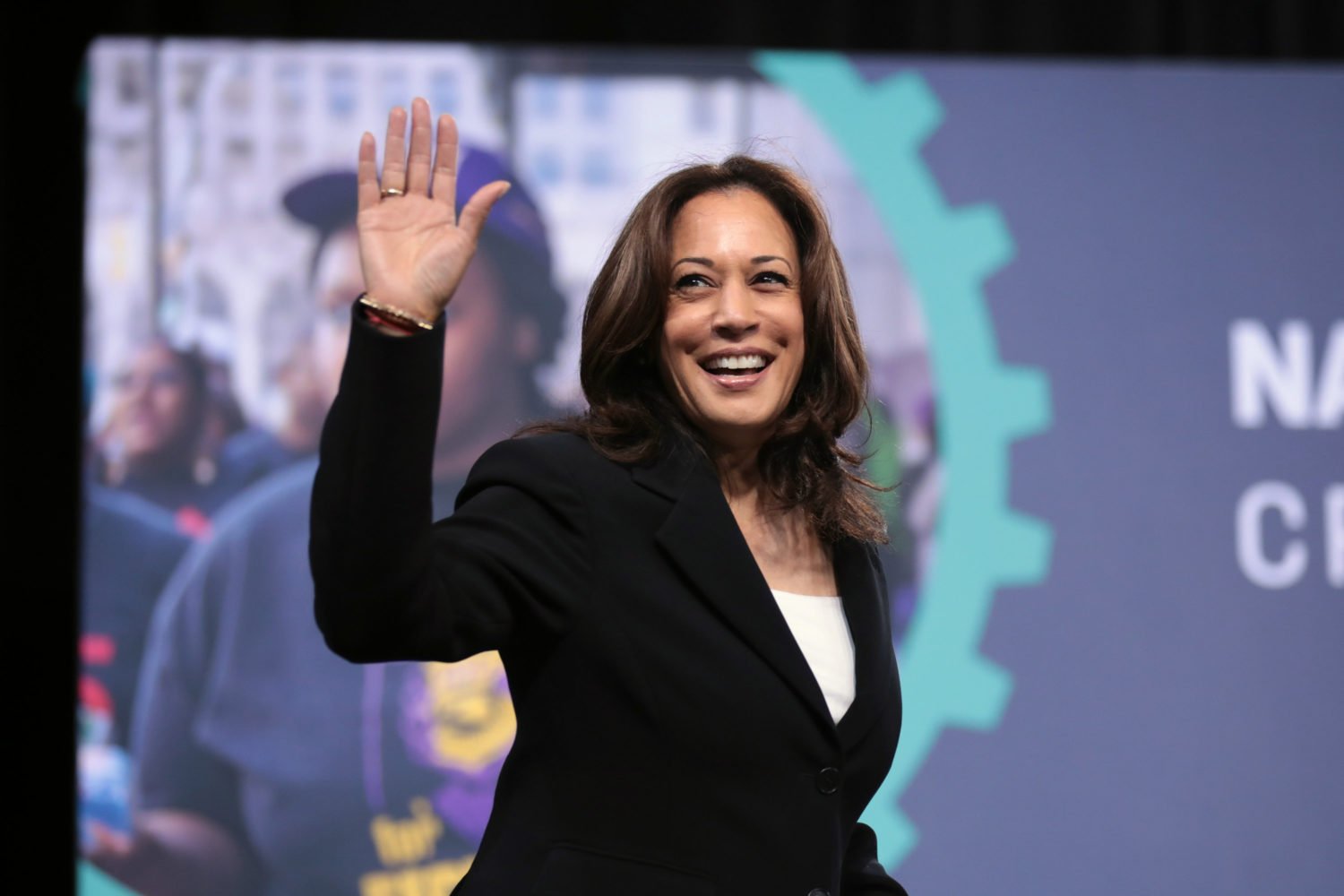I was eight when I first saw an open-captioned movie in a theater. It was 1997, the animated musical Anastasia. I was thrilled. I’m deaf, and though the Americans With Disabilities Act had been passed in 1990, I hadn’t, until then, been able to watch a movie with my family with much comprehension.
Twenty-seven years later, I’ve seen fewer than a handful of open-captioned movies. (Open captions are burned into the film, while closed captions are on a separate device.) When such movies are available, they’re at times when I can’t go—weekday mornings or afternoons, when most people are working or in school. The alternative is to use a closed-captioning device, but that doesn’t provide true accessibility.
Two weekends ago, I went to a movie in Gaithersburg with my family to celebrate my mother’s birthday. The theater’s website indicated it offered closed captioning for that movie, The Color Purple, so I requested a device at guest services on arrival. A worker handed me a CaptiView, which rests in the cup holder. Fastened to the cup holder is a flexible metal rod, on top of which a small screen displays the captions.
Once settled, I discovered that the device didn’t fit into the cup holder, the rod wasn’t easily adjustable, and the battery was low. So I had to hold the whole thing in place until the captions froze, then wait in line at guest services to get another device. This one was worse: It didn’t fit into the cup holder either, the rod repeatedly moved the captions out of view, and the top line of captions froze while the bottom continued. I returned to guest services, all while missing much of the movie. For my trouble, I received a voucher to see a movie another time.
It may be a while before that happens.
Others have similar stories. Jacob Leffler, a deaf Baltimorean who’s an advocate for open-captioned screenings in Maryland, told me over Zoom that each time he’s received a closed-captioning device, it “doesn’t work.” Furthermore, the Sony Entertainment Access Glasses—captioned eyeglasses offered at some theaters—are uncomfortable, don’t fit over the user’s own glasses, and aren’t sized appropriately for children.
This week, Maryland legislators are considering bills that would require all major movie theaters to show open-captioned screenings of each movie at least twice a week. HB0426 and SB0092 are the third House and Senate bills, respectively, that legislators have introduced on this issue over the last three years, and “the third time’s the charm,” Leffler says, hopefully. (DC legislators are reviewing a similar bill.)
The National Association of Theatre Owners, the bills’ primary opponent, has said that Marylanders can already see any movie they want with captions, thanks to a 2016 ruling by the Justice Department. By this, it means with closed-captioning devices. In testimony for HB1238, an earlier bill, lobbyists on behalf of the Mid-Atlantic National Association of Theatre Owners shared a study showing that after Hawaii passed a law requiring open-captioned screenings (the only state to do that so far), ticket sales declined.
Erik Nordlof, founder of DC Deaf Moviegoers & Allies, has been pushing for similar legislation in the District. Nordlof, who is deaf himself, says that even if increased open-captioned movies cost theaters revenue, providing non-functioning closed-captioning devices violates the Americans With Disabilities Act: “The implicit agreement is that the devices should be working, and you know they’re not, so they’re getting away with that. Open captions are the simplest solution, and it would probably be cheaper . . . because theaters will have to worry less about taking care of the devices.”
In any case, scientists have proven that captions benefit everyone. In a 2015 review of more than 100 empirical studies documenting their benefits, cognitive neuroscientist Morton Ann Gernsbacher concluded that they exemplify the “curb-cut effect”: Like many inventions devised for people with disabilities, captions benefit people without them, too. For example, they can improve comprehension and memory of what’s happening in a film, as well as boost literacy in both children and adults.
This is also Leffler’s view: “Open captioning is for equal access for all people, not just deaf people.”
Will I see another open-captioned movie 27 years on? The days ahead will tell us.
Sarah Katz is a writer focusing on disability rights.


















